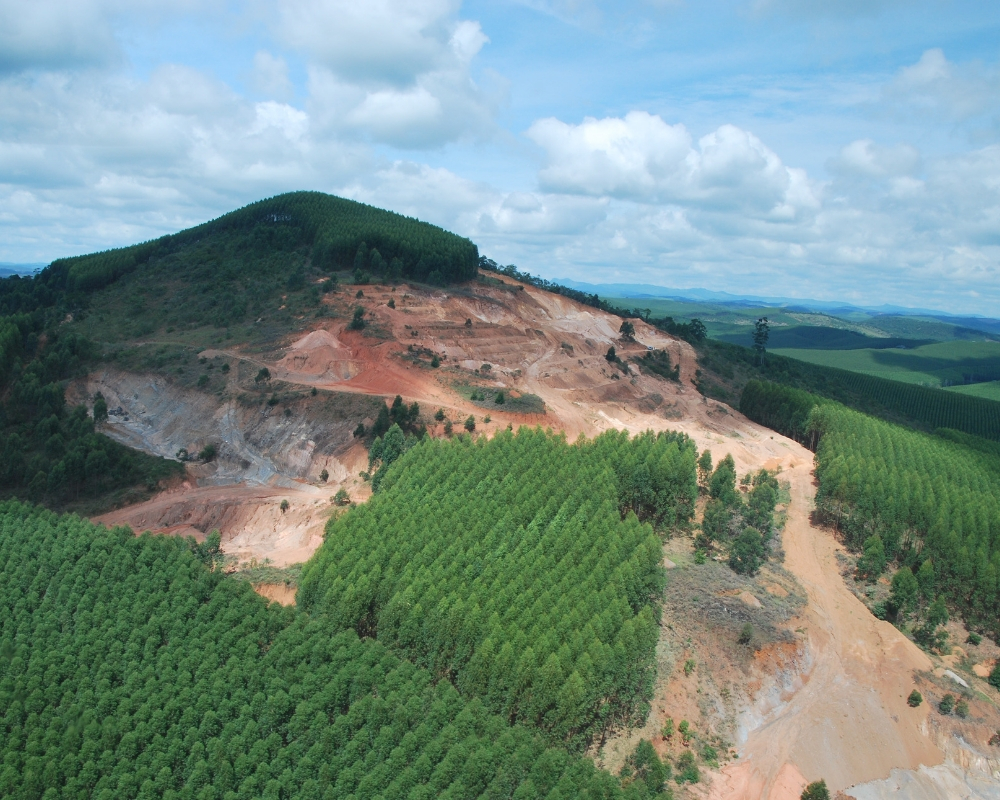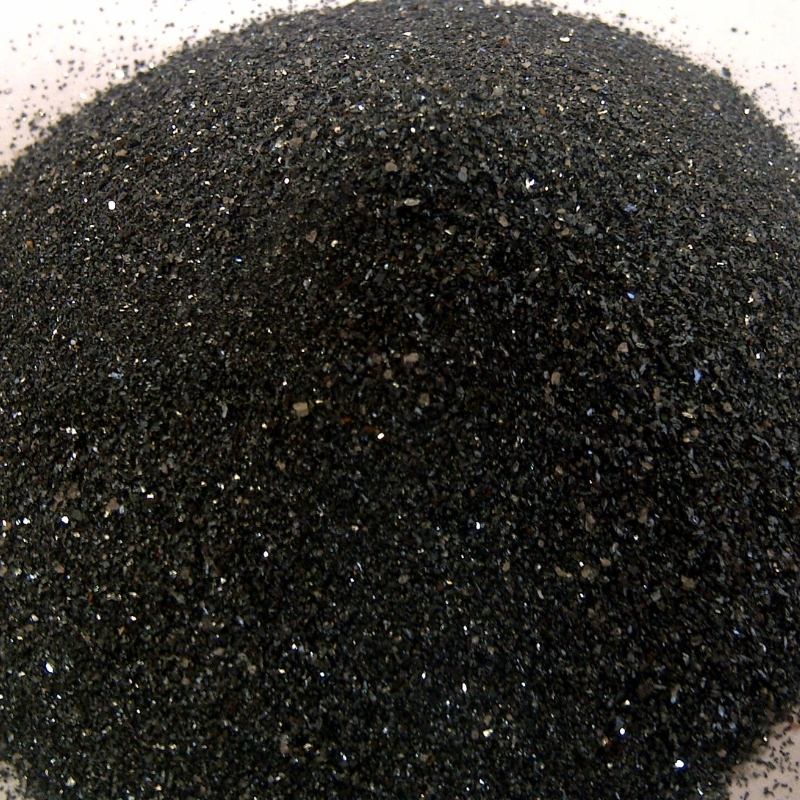You might be interested in
Mining
Bulk Buys: Commonwealth Bank sees tough times ahead for thermal coal, but met coal M&A still steals the show
Experts
SUNDAY ROAST: The stocks that lit a fire under our experts this week
Experts
Special Report: The surging iron ore price has been one of the big surprises in the mining world this year – and it’s beginning to spark renewed investor interest in long-dormant iron ore assets, and juniors with iron ore assets ready to dust off.
“62 per cent Fe iron ore prices have hit fresh multi-year peaks, reaching their highest level since August 2014 at $95 a tonne, having rallied by 45 per cent from late November 2018,” says veteran Sydney-based resources analyst, Gavin Wendt.
“Meanwhile, 58 per cent and 65 per cent fines have also surged higher, reaching $76 and $105 a tonne respectively.
“58 per cent fines have rallied significantly harder than mid and higher grades since late last year, helped by supply disruptions in Brazil and Australia — the world’s largest iron ore seaborne exporters — along with less onerous environmental restrictions governing industrial output in northern China.”
Wendt notes that 58 per cent fines are now up a staggering 93 per cent since late November are now at levels not seen since May 2014 (when iron ore stocks were hot) – buoyed by improved activity levels across China’s non-manufacturing and private sectors.
“Along with bullish data and ongoing speculation surrounding the outlook for Brazilian and Australian seaborne supply, stronger steel prices in China have also helped to boost sentiment towards the outlook for demand,” Wendt wrote in his widely-circulated Mine Life investment newsletter.
Wendt says that while the surging iron ore price has obviously benefited major producers like Rio Tinto, BHP and FMG, a “trickle down” effect is also beginning to occur with juniors – particularly those with projects that have some hope of moving into production relatively quickly.
“Centaurus Metals (ASX:CTM) is one such opportunity. It was originally established as an iron ore focused junior in Brazil, and it still has a high-quality portfolio of iron ore assets,” he said.
Centaurus recently announced a renewed focus on its development‐ready Jambreiro Iron Ore Project in Brazil, following a $2.2 million fund raising.
“The key drivers for the renewed iron ore focus are the recent strong recovery in the iron ore price, together with renewed interest from prospective project partners and off-takers,” Wendt says.
“As a reminder, Centaurus originally completed a positive Bankable Feasibility Study (BFS) for the Jambreiro Project back in November 2012, which was subsequently revised to take account of a 1Mtpa iron ore production scenario, demonstrating low operating costs and strong economics.
“Centaurus will now undertake an update of the previous Feasibility Study, based on significant changes and enhancement in a number of key parameters, along with a strategic development review of the project.”

Wendt says Centaurus’ recent decision to raise the profile of its Jambreiro project is a prudent one, given recent developments in the iron ore space.
“Supply-side issues, rising prices and Chinese demand strength, have all conspired to drive interest in near-term iron ore projects like Jambreiro that are effectively ‘shovel-ready,” he said.
“At the same time, Centaurus is continuing discussions with potential project partners and off-takers.”
Located in Central Brazil’s famed “iron quadrangle”, Jambreiro contained a JORC 2004 Ore Reserve of 48.5Mt at 28.1 per cent Fe which can be beneficiated to a high-grade product using straightforward processing.
The Project is fully-licensed for 3Mtpa of production.
“The Jambreiro project represents a strategic asset in the Brazilian domestic iron ore and steel sector, particularly in view of the premium pricing environment that currently exists for high-grade (65 per cent Fe), low‐impurity ore (4.5 per cent SiO2, 0.80 per cent Al2O3and 0.01 per cent P),” Wendt says.

Wendt says that with the sharp rise in 62 per cent Fe iron ore prices since late 2018 – and with ongoing uncertainty regarding Brazilian iron ore exports indicating that current pricing levels could be sustained well into 2019 – the premium for 65 per cent Fe ore over 62 per cent Fe product is currently in the range of US$12‐US$15/t.
“Mine gate sales of 62 per cent Fe ore are occurring in close proximity to the Jambreiro project which, based on information available to Centaurus, indicates that a price of R$100‐R$120 tonne is presently comfortably being achieved for such ore.
“Given the higher grade of the Jambreiro ore, there is a likelihood that those prices are likely to be at least representative of the current market for its product.”
Wendt also cites a number of other factors which have changed significantly in Centaurus’ favour since its 2013 Bankable Feasibility Study. These include:
“All of this makes Centaurus a pretty interesting small-cap stock to keep an eye on, particularly as it has a number of other attractive assets in its portfolio,” Wendt says.
“These include its Salobo West copper-gold project and ongoing appraisal work at its Itapitanga nickel-cobalt jointventure with Simulus Group. Centaurus is continuing to work towards securing the drilling and clearing licence for its planned drilling program at the Salobo West Copper-Gold Project.”